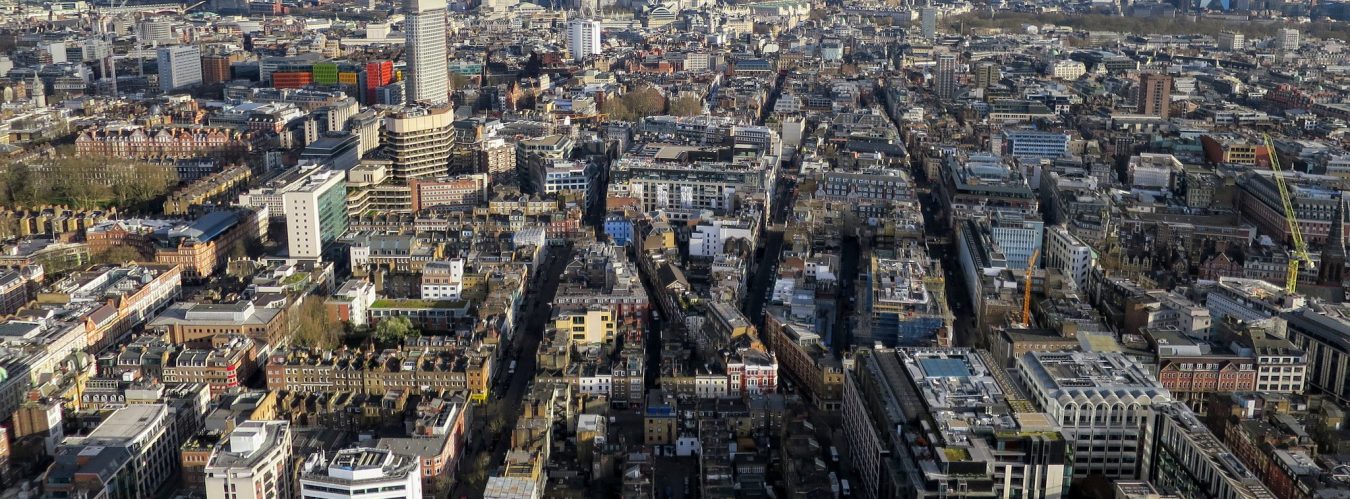Proposals for a Mayoral Community Infrastructure Levy: Preliminary Draft Charging Schedule: West End Community Network (WECN)
We thank you for your indulgence in allowing us to respond to your consultation, albeit 8 days late. We are a new organisation, constituted on 26 Jan 2011, and had but a short time to consult our respective member groups on your proposal.
All our member associations listed above support this response with the exception of The Marylebone Association who through unavoidable circumstances were unable to consider the consultation.
Our response to the Preliminary Draft Charging Schedule is outlined below.
It is understood that as part of the new LDF regime the existing S106 practice is being replaced, except for affordable housing which will remain subject to S106, by the Community Interest Levy abbreviated to CIL. From our understanding the CIL is supposed to be related to the CIP and included in core strategies ; whilst the Mayor / Greater London Authority is the only authority entitled to fix a CIL , with LDA’s only being notionally entitled to fix a CIL.
The CIL comes into force in April 2012 and boroughs are obliged to publish their CIL tariff, but although there is a transition period, believed to be by 2014 for
implementation, for which if no CIL is in place no S106 contributions can be required – except on affordable housing.
The WECN have highlighted the following points which the CIL consultation should aim to recognise as areas that require clarification and definition. They are as follows:
- 1) What is infrastructure? The core strategy should be supported by evidence of what physical social and green infrastructure is needed to enable the amount of development proposed for the area, taking account its type (e.g. play spaces and green spaces) and distribution. This evidence should cover who and when the infrastructure will be provided by.Good infrastructure planning should consider the infrastructure required to support development cost, sources of funding, timescales for delivery, and gaps in funding.
- 2) The Mayor is not legally required to have regard to borough planning obligations or borough CIL requirements in setting his own CIL, which could prejudice the delivery of local planning obligations – including affordable housing and public realm contributions.CIL is identified for use in a wide range of infrastructure – however the consultation draft is very heavily weighted towards transport schemes.
- 3) The levy proposed for the West End of London is £50 per square metre, but fails to adequately consider economic viability of the charge.The Mayor does not consider that taking London as a whole, the rates he is proposing will have undue effect on a boroughs ability to raise resources through the CIL as S106. In our opinion the figures are unconvincing and do not take into account of different geographical area’s variability in property costs per sq metre.
- 4) A starting point for the levy should surely be an assessment of economic viability – a representative sample of sites across London should be undertaken. The Preliminary Draft Charging Schedule also fails to effectively address issues of external financial support, which should be taken into account.
- 5) Localboroughrequirementsforaffordablehousingandplanningobligations are important factors in determining economic viability and these have not been considered.
- 6) Weconsiderthathouseprices,arenotareasonableproxyindicatorof economic viability across all land areas and uses, nor is disposable income, for delivery of commercial development.
- 7) A clearer explanation of how CIL will operate alongside the CrossRail tariff under planning obligations is essential. There is a serious likelihood that yet again Central London Communities will suffer; the priorities for affordable housing and social/green infrastructure will be in competition with the Cross Rail CIL. Ultimately the Mayors CIL is dedicated to CrossRail rather than having any flexibility to allocate it to where it can do most good.
- 8) The Mayor is concerned that developers are not double charged. Will the complexity of the Mayor’s proposal to use the CIL payment as a ‘credit’ to discount the CrossRail tariff under planning obligations add time and costs to the planning application process, which will fall to boroughs?
- 9) The proposal to not apply a charge to certain community uses should be extended to all types of community uses. It should also be made clear whether the exemptions relate to private health and education facilities.
10) The position on exemptions and reliefs from the CIL charge also need to be more clearly explained with specific examples of how the provisions set out will be applied.
11) We know infrastructure needs to support development – for that to happen a meaningful proportion of levy revenues raised in each neighbourhood must go back to that neighbourhood. If the Mayors CIL doesn’t take into account the local authority CIL, there is a likelihood that the reduced take will be detrimental to our boroughs, namely Westminster and Camden.
12) Under the current arrangements boroughs already complain where there is already a cross rail levy in the Central Activity Zone (CAZ), they have to accept reduced S106 contributions and haggle with the mayor. The Mayor’s proposal can only make this worse.
13) Liability is a criterion in determining S106 contributions particularly with regard to affordable housing and determines the size of the pot. The only way the size of the pot can be increased is by allowing even greater development.
There has to be a way to apportion the CIL kitty between different infrastructure needs, and recognition that the Mayor cannot simply implement his CIL without recognising the impact on other infrastructure needed to support local communities.

